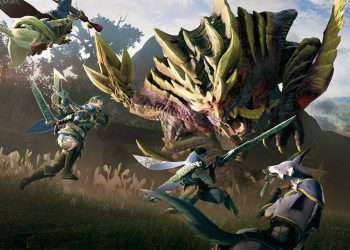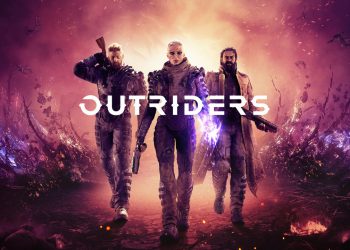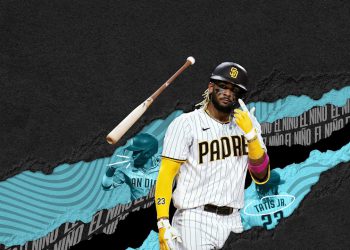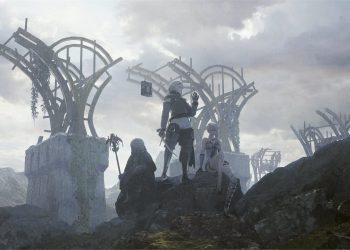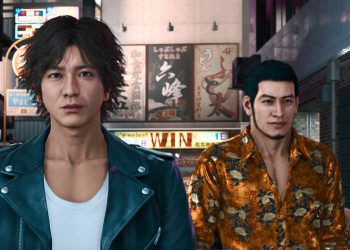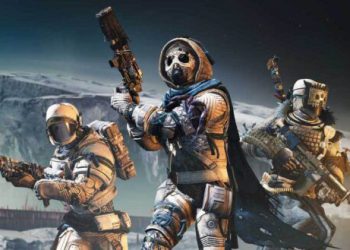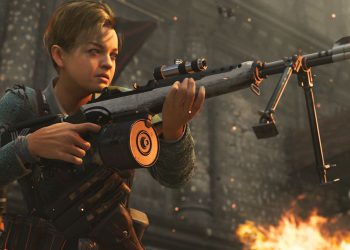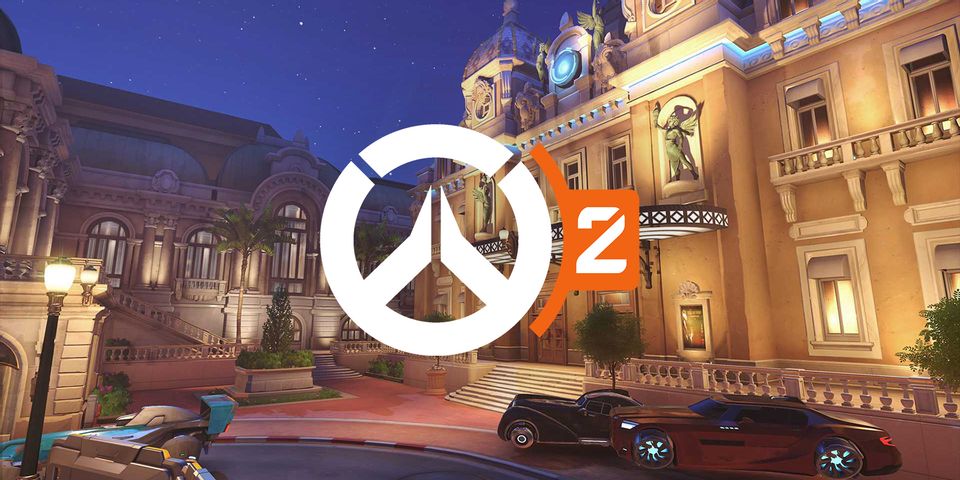
Despite delays and development issues, Overwatch 2 has become firmly coming, and will be in players' hands soon by having an upcoming PvP beta. Using the introduction of 5v5 and extensive hero reworks, existing maps are being re-designed, and new maps is going to be added to accommodate for the upcoming changes that may significantly change the way Overwatch is played. With many years of feedback in the community on the 30 Overwatch maps, there are many lessons that the development team could implement when balancing maps for attacking and defending teams, which may help to generate a true sequel to the much-beloved PvP experience.
The Overwatch PvP sandbox of heroes, abilities, and objective-based game modes are only as good as the maps which allow them. Creating and balancing maps for every game mode is really a delicate and difficult undertaking due to the quantity of variables that every unique hero can introduce to the Overwatch sandbox. Maps in the Overwatch franchise are designed around a particular mode, so it is key for players to choose heroes that provide utility and abilities which are strong for every map
Overwatch: Rewarding Experience Through Map Design
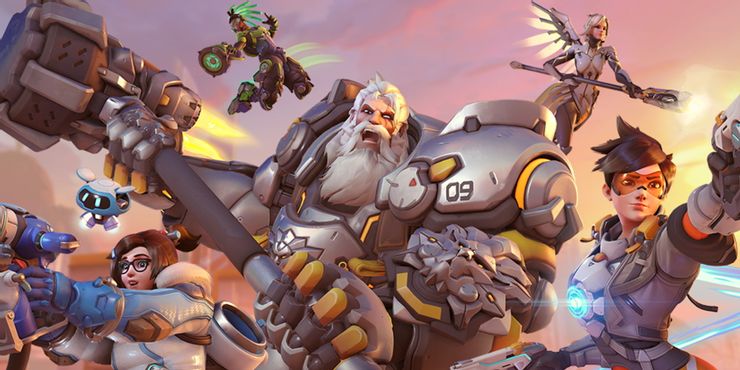
Most games revolve around the tactical control over choke points by picking specific heroes to perform certain roles: Symmetra may use her teleport on defense with maps which include unique lines of sight. Mei can use her ice wall ability to lock down maps with narrow choke points for example Blizzard World or Paris.
Despite the modification to 5v5 and ongoing reworks of potentially all heroes currently hanging around, still it seems that gameplay and objective-based game modes will stay like the first game. Overwatch 2, from what's known of its PvP element, will appear to refine instead of revolutionize the original games' formula. Key map design decisions surrounding choke points, flanking routes, and open areas with long lines of sight will remain a constant.
Maps that have deviated from all of these three key areas may cause gameplay situations that overly favor one side. Ultimately, players on either the attacking team or defending team want a rewarding experience when playing each map and come out of each map having enjoyed the experience regardless if they lost or won. They don't want to complete a game title that they won or lost thinking that the map determined victory on their behalf.
Extensive Feedback
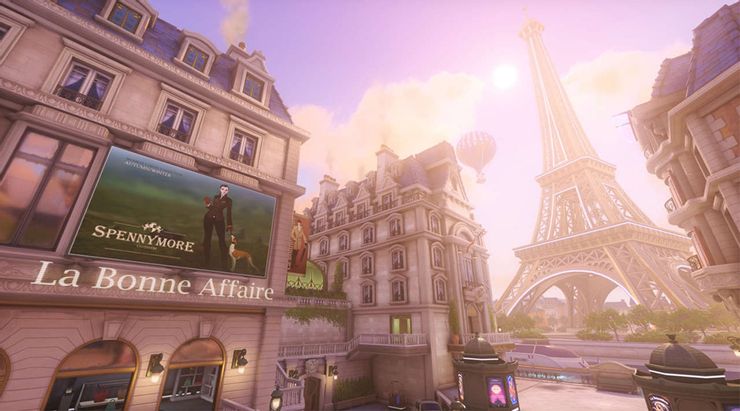
There are lots of types of this from community feedback on existing Overwatch maps. Hanamura and Anubis feature capture points that overly favor the defending team due to narrow choke points and small lines of attack. Maps such as this enable defending teams to setup very effective defensive positions using area-of-denial heroes for example Bastion, Torbjörn, and Orisa to control the purpose B checkpoints, providing them with an advantage.
The Paris map suffers exactly the same problem, with defenders having access to high ground on point A, giving them a clear advantage at the start of the match. Other maps are afflicted by imbalance, but in the alternative way: Giving attackers too many lines of attack or flanking routes so the defending team cannot control the capture point well.
Horizon Lunar Colony, that has been confirmed to stay in for a major rework, received significant feedback on balancing in the community because of the many pathways to each capture point, and also the proximity from the last capture indicate the defending teams' spawn room. Verticality makes for fantastic maps that accommodate plenty of heroes and team compositions, but maps such as Busan have proven to have too much verticality, which causes chaos for that defending team.
Learning From the Past

In multiplayer objective games, it is usually difficult to balance the map to ensure that attacking and defending players can savor the gameplay experience, instead of feel held in it. Even though it is impossible to produce the "perfect" map, Overwatch 2 can go ahead and take extensive community feedback on lines of sight, choke points, and lines of attack for both attacking and defending teams within its four competitive modes (the new "push" game mode will replace assault on launch) so that the gameplay is rewarding for both teams no matter outcome.
With the development of 5v5, adjustments are rightly being designed to accommodate a new play style. However, to make sure a satisfying experience for both teams (regardless of mode) the expansion team could begin by assessing the feedback from the community on each map and see where the common complaints lie. Using the upcoming PvP beta, it remains to be seen how maps will flow around the new 5v5 team composition and hero reworks. That doesn't imply that the lessons in the original Overwatch's map design can't be implemented if the sequel isn't looking to completely revolutionize itself.
Overwatch 2 is in development.



